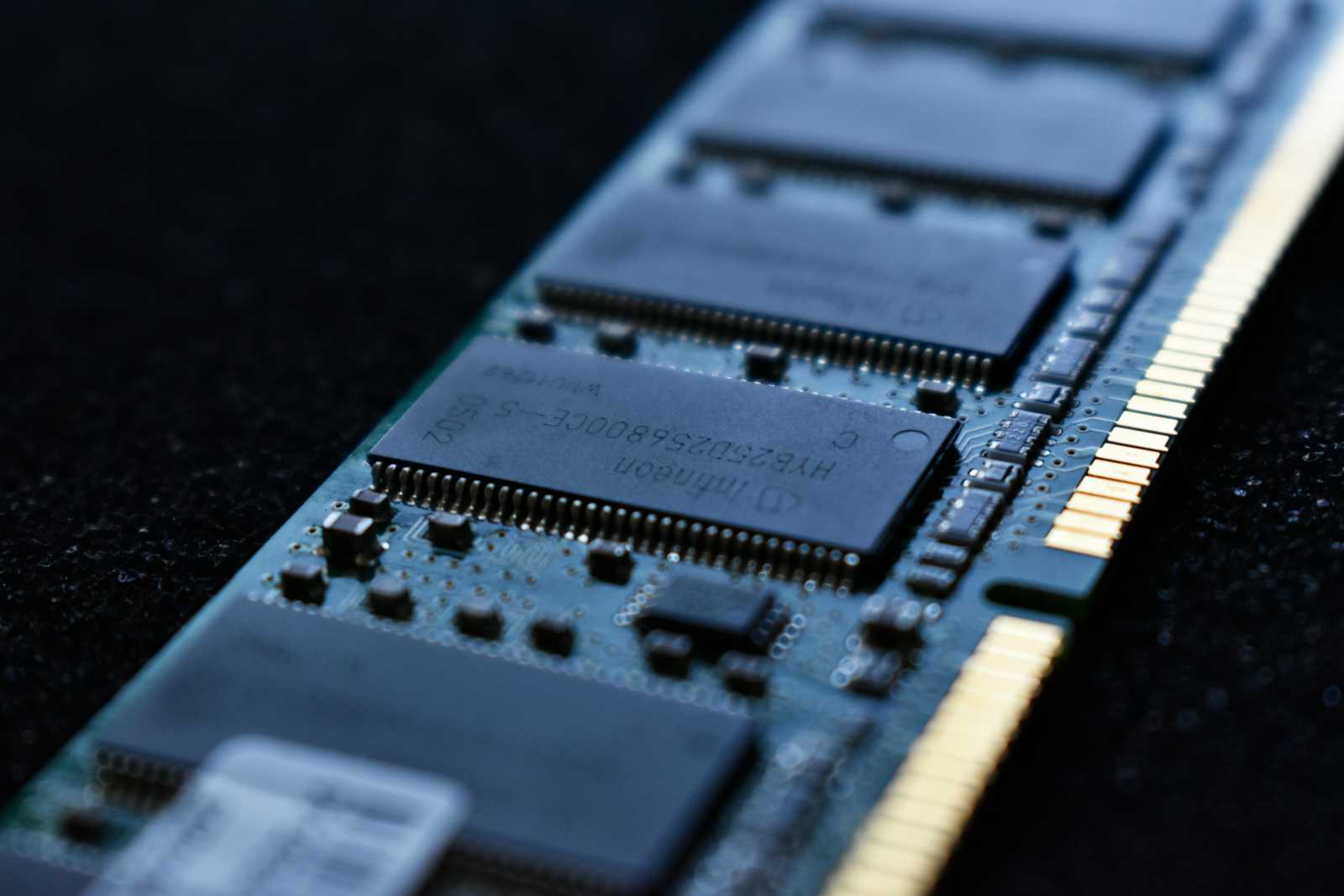How to Choose best RAM for Gaming, Editing, and Office Work
 Shubhajit Mondal
Shubhajit Mondal
When choosing ram for Gaming, Editing, and Office or Regular Use, consider the following key points:
Capacity
Gaming: 16GB is generally sufficient for most modern games. For future-proofing or heavy multitasking, consider 32GB.
Editing: 16GB or 32GB or more is recommended for smooth handling of large files and multiple applications. 64GB or higher can be beneficial for high-end video editing and 3D rendering.
Office or Regular Use: 8GB is typically adequate for basic tasks like web browsing and document editing. Upgrading to 16GB can improve performance with heavier multitasking.
Speed
Gaming: Look for RAM with speeds of 3200MHz or higher. Faster speeds can improve performance, especially in memory-intensive games.
Editing: Aim for 3200MHz to 3600MHz or higher. Faster RAM helps in handling large files and complex projects more efficiently.
Office or Regular Use: 2666MHz to 3200MHz is usually sufficient. Higher speeds can be beneficial but are not as critical for basic tasks.
Latency
Gaming: Lower latency (measured in CAS latency) is preferred for better performance. Look for RAM with a CAS latency of 16 or lower.
Editing: Low latency helps in improving overall system responsiveness, especially in professional applications. A CAS latency of 16 or lower is ideal.
Office or Regular Use: Latency is less critical for basic tasks. Standard latency around 16 or higher is usually acceptable.
Type (DDR Generation)
Gaming: DDR4 is the current standard and offers good performance. DDR5 is emerging with higher speeds and efficiency, but it is generally more expensive.
Editing: DDR4 is suitable for most editing tasks, but DDR5 can provide enhanced performance for high-demand applications.
Office or Regular Use: DDR4 is typically sufficient. DDR5 may offer future-proofing benefits but is not necessary for basic tasks.
Dual Channel vs. Single Channel
Gaming: Dual-channel configuration (two sticks of RAM) is recommended for better performance and bandwidth.
What is bandwidth ?
[Bandwidth in the context of RAM (Random Access Memory) refers to the amount of data that can be transferred between the RAM and the CPU per second]Editing: Dual-channel is preferred to enhance performance and manage large data effectively.
Office or Regular Use: Dual-channel is beneficial but not as crucial. Single-channel can work fine for light tasks.
Heat Spreaders and Cooling
Gaming: RAM with heat spreaders or cooling solutions helps in maintaining stability during extended gaming sessions.
Editing: Effective cooling can improve performance and stability, especially during intensive tasks.
Office or Regular Use: Heat spreaders are not essential, but they can help in maintaining system stability.
Compatibility
Gaming: Ensure compatibility with your motherboard and other components. Check for support for the RAM speed and capacity.
Editing: Verify compatibility with your motherboard and check for support for high-capacity RAM if needed.
Office or Regular Use: Basic compatibility with the motherboard is usually sufficient.
Budget
Gaming: Prioritize speed and capacity based on your gaming needs. Balance performance with cost.
Editing: Invest in higher capacity and speed for optimal performance in professional applications.
Office or Regular Use: Focus on value and capacity for your typical tasks. Higher speeds and capacities are less critical.
Summary: RAM Type Comparison
DDR3: Older standard with lower speeds and efficiency. Generally less suitable for modern gaming and editing but may be sufficient for basic office tasks.
DDR4: Current standard offering good performance and speeds (up to 3200MHz). Ideal for gaming, editing, and general use.
DDR5: Emerging standard with higher speeds and efficiency (beyond 4800MHz). Excellent for high-end gaming and professional editing, but more expensive.
This guide should help you choose the right RAM based on your specific needs and preferences.
Subscribe to my newsletter
Read articles from Shubhajit Mondal directly inside your inbox. Subscribe to the newsletter, and don't miss out.
Written by

Shubhajit Mondal
Shubhajit Mondal
while (alive) { eat(); sleep(); code(); repeat(); }